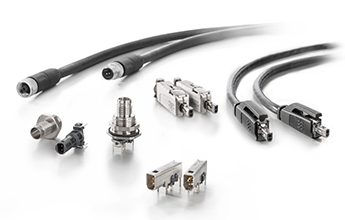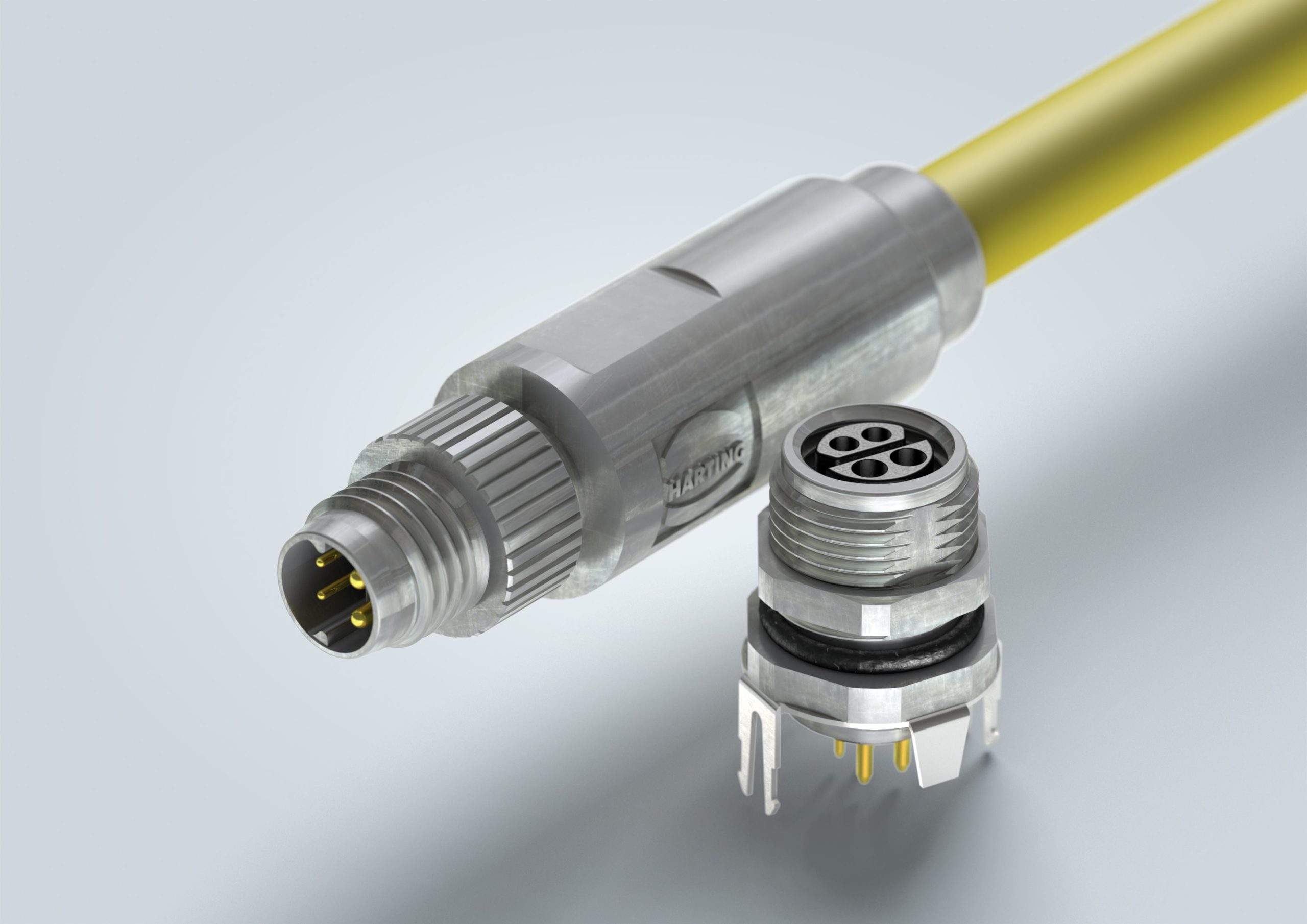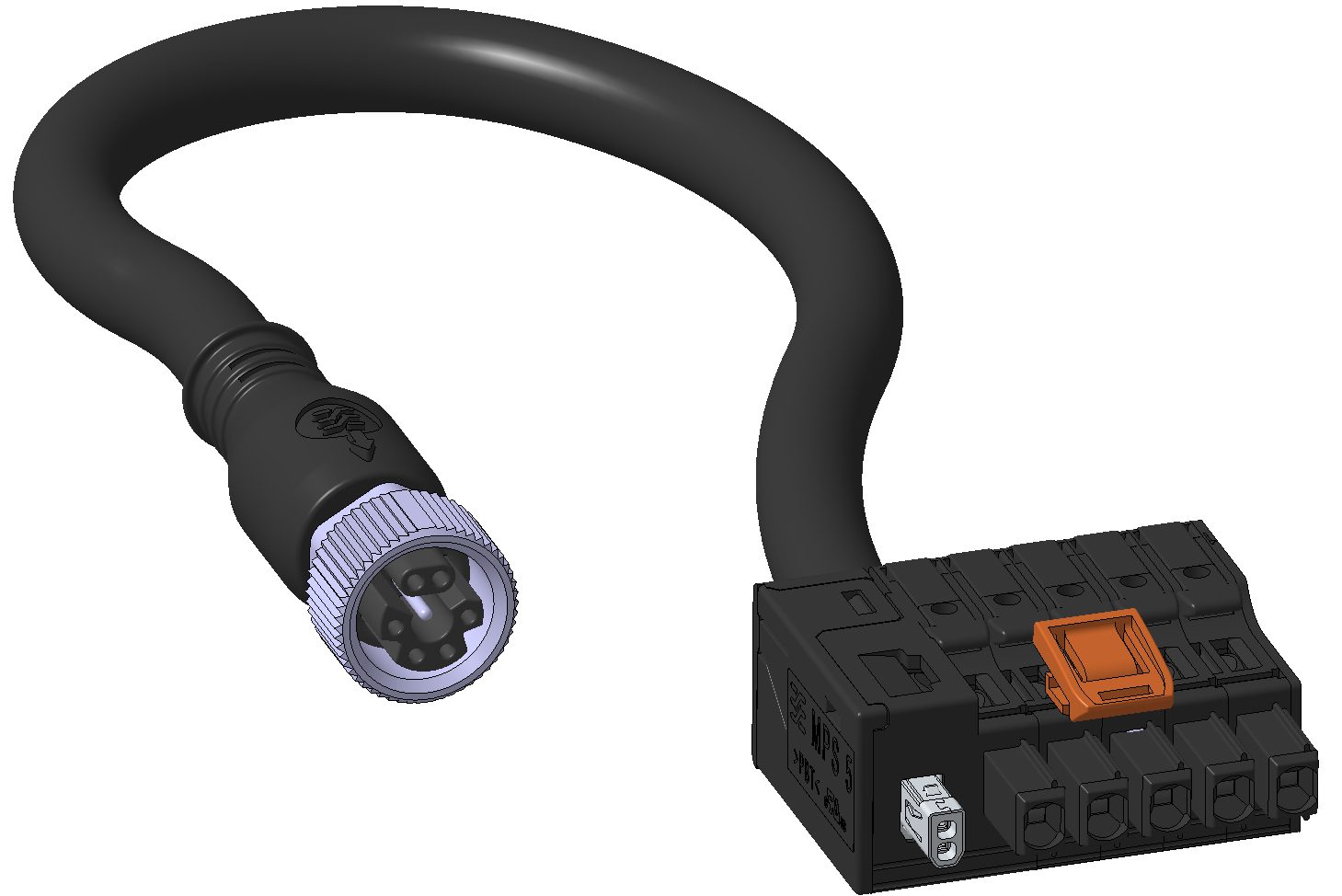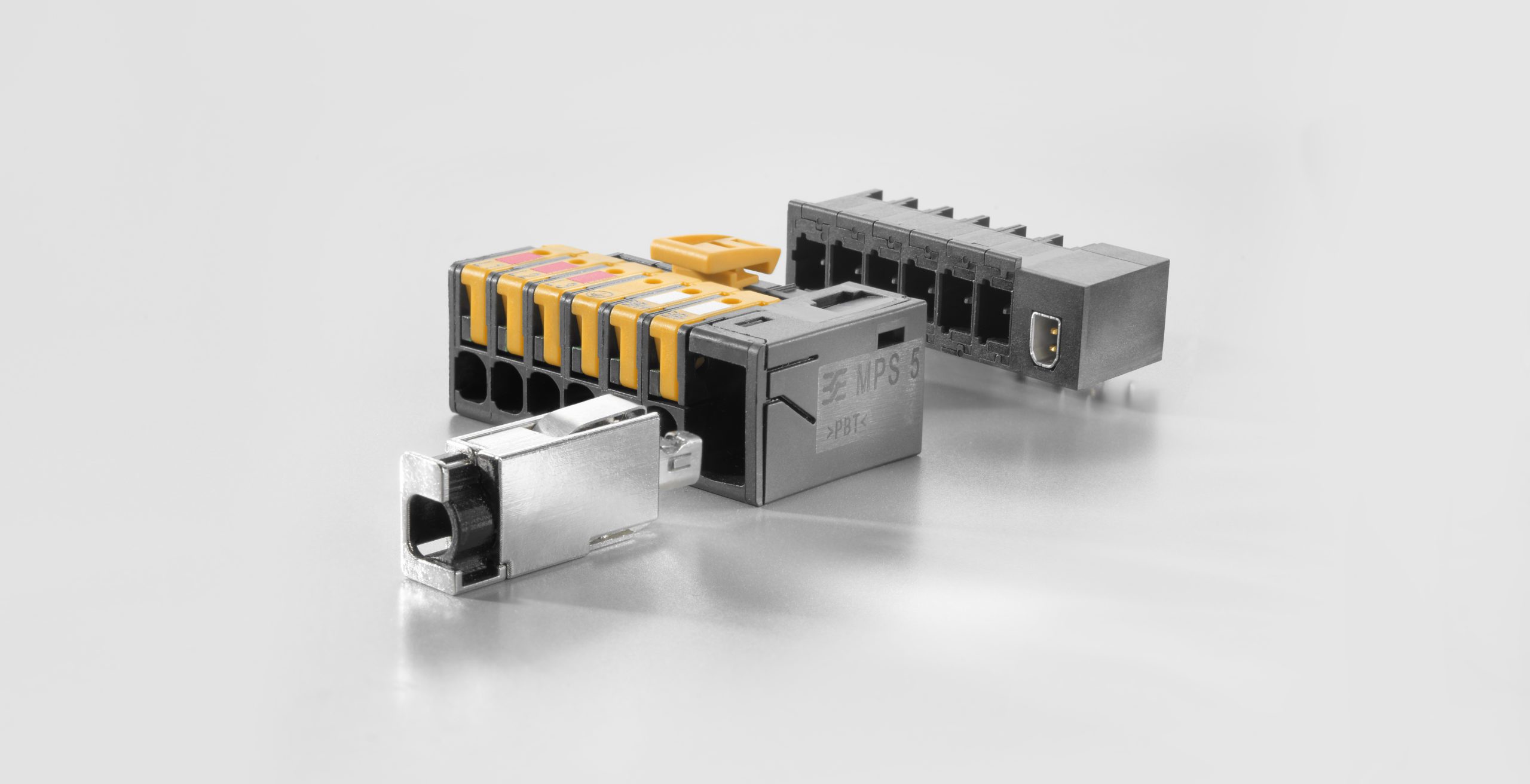New Variation on Single-Pair Ethernet Puts M8s and M12s in the Mix
Do we need yet another single-pair Ethernet interface? Advocates say twisted-pair technology in an M8 or M12 interface would bring huge benefits to autonomous systems.
Single-pair Ethernet (SPE) will greatly improve the flexibility of automation within the connected industrial environment. Previously, Ethernet connections allowed the cloud to talk to the main control room (where software controls the entire manufacturing process), which, in turn, could talk to the I/O layer (the individual programmable logic controllers or the industrial PCs controlling the machinery). The Ethernet connection, however, stopped short of the machinery. Thanks to SPE, Ethernet can now reach all the way to the sensor/actuator level. “Basically, the sensors and actuators were speaking one language that had to be converted to Ethernet so that everything works together cohesively. That’s not the case anymore,” said McKenzie Reed, technology manager–standards development at HARTING.
ISO IEC defines the 63171 series, the so-called “mother” specification, for SPE. Multiple manufacturers have developed versions of 63171. For example, Weidmüller partnered with Reichle & De-Massari (R&M) to develop 63171-2, an IP20-based interface, and with Phoenix Contact to develop 63171-5, an IP67-based interface. HARTING developed the 63171-6 standard which operates in both IP20 and IP67 environments.

Weidmüller SPE product family according to IEC 63171-2 and -5
M8 and M12 connectors are already in use for Ethernet, but SPE technology advancement has unlocked a set of new key features. Under the 63171-6 standard, HARTING developed a connectivity solution using an M8 connector to further expand automation capability by combining power and data. This solution uses two connections or wires specifically for single-pair Ethernet and two additional dedicated wires (four total wires) for increased power transmission. “We did that because although you can carry power across the two SPE wires in addition to the communication, called Power over Data Line or PoDL, it has a limitation of 50 W. To exceed that, you must dedicate two power pins to it,” said Reed. “For even larger power needs, you’re moving outside of the M8 form factor, and going inside of an M12 form factor. And for a lot of power, you’re moving outside of the M12. We’re still going to use the concept of two wires for Ethernet and two wires for power, but we’re going to move them into more connector bodies, all under the 63171-7 designation.”

HARTING’s T1 Industrial Hybrid M8 Connector falls under 63171-6 standard.
Weidmüller is developing a standard M12 with five contacts. The application is 4×8 amp per contact maximum, plus functional earth, or protected earth. The idea of this connector is to combine SPE and power using the PoDL (Power over Data Line) standard. The IEEE 802.3bu standard provides 15 power classes, with classes 9 to 15 for PoDL specifically designed for single pair Ethernet. PoDL makes it possible to supply devices with 50 W, depending on the length and the conductor size of the cable.
For applications requiring more power, for example, an actuator, a small motor, or a frequency converter, the M12 connector according to the 63171-7 standard is the one interface that provides two redundant power supplies, L1, N1, L2, N2 plus functional earth plus SPE, said Simon Seereiner, head of product management SAI & IE at Weidmüller and director of the board of the Single Pair Ethernet System Alliance. “Weidmüller provides this with our Omnimate 4.0 and our field attachable SPE connector. This is a superb solution for these types of applications. In an IP20 switch cabinet environment, you can put this onto a frequency converter, for example. And with an M12, a very small, miniaturized interface, you can realize the 4×8 amp plus functional earth on your server drive or motor drive.”
Cable assembly with IEC 653171-7 Field- and in-cabinet connection using Omnimate 4.0

In 2021, TE Connectivity presented its hybrid system for SPE data and simultaneous power supply. The Single Pair Ethernet System Alliance acknowledged that TE’s proposal provides additional power for many applications where PoDL technology reaches its limits. The four power contacts plus functional earth combined with the SPE data connection in TE’s M12 connector offer connection technology for compact, decentralized field devices. The specification of a new two-wire data connector in this hybrid interface is an example of an application defining the interface, rather than the other way around.
The M12 is a smart option because it is already in use and widely available. It offers multiple coupling options, can handle the rigors of harsh operating environments, and the IP65/67 version provides a high degree of protection.
- Sealing Success: Overmolding for More Secure Connections - April 23, 2024
- Medical Cable Assemblies Product Roundup - April 23, 2024
- Mezzanine Connectors Product Roundup - April 16, 2024






